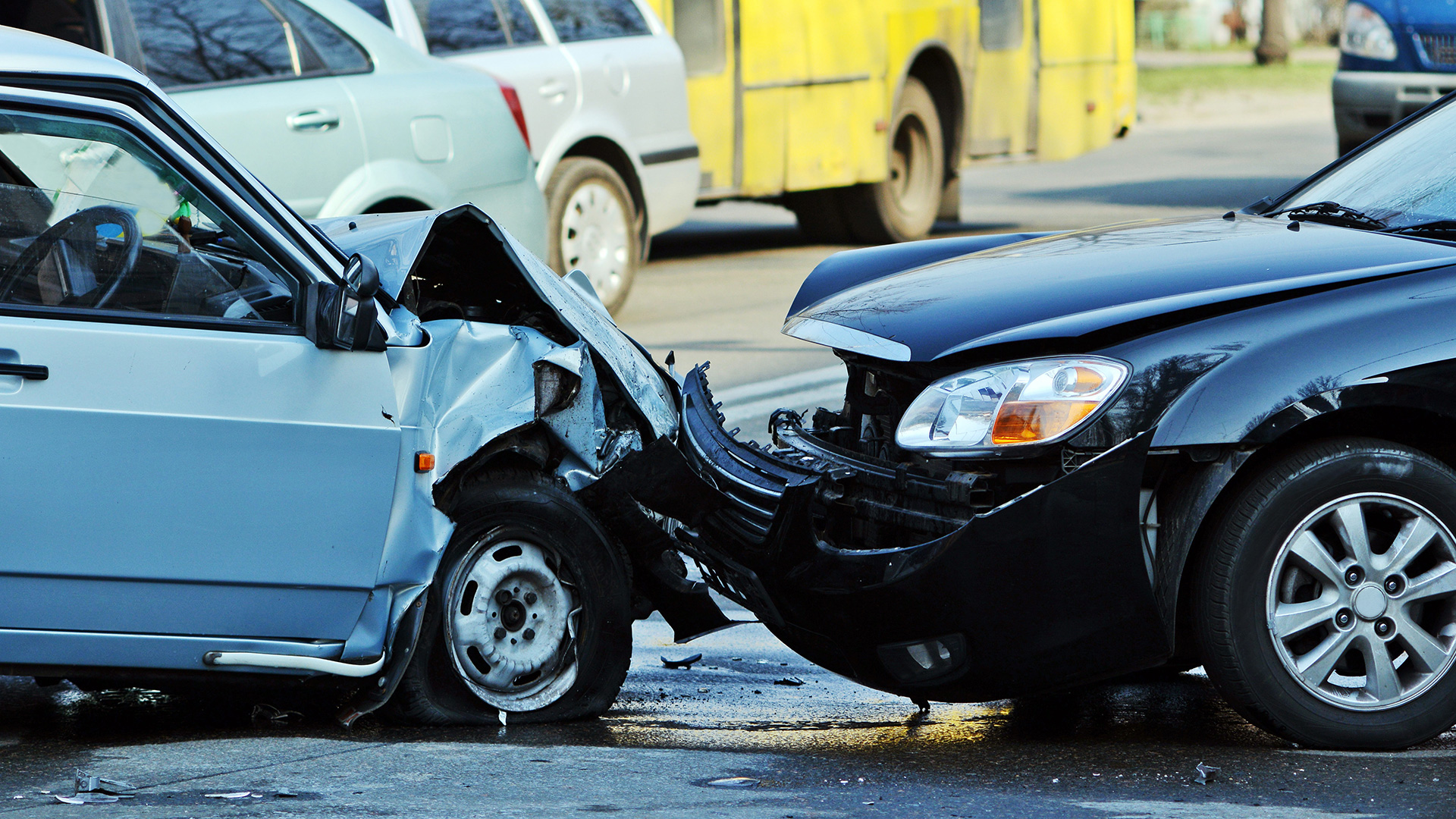Whether it’s a minor collision or a product liability case, crash reconstruction means helping our clients objectively understand who or what failed, and how, to result in a crash between motorized vehicles.
Crash reconstruction—which, just as it sounds, is all about reconstructing a crash for litigation purposes—to answer the main question of how a collision occurred but also answer other common questions like these:
- How fast were one or both cars going?
- If it was a two-way single-lane road, who crossed the center line?
- Were their headlights on?
- Were they wearing their seatbelt?
- Were they texting or otherwise distracted?
Here’s how the process looks for us here at Kittelson LLC.
- It starts with using investigative skills to read the scene. Typically, as soon as we learn what kind of vehicles were involved, we know what kind of information we’ll need to identify and gather. We capture photos of clues in the road, like fluid debris, tire marks, scrapes/gouges and police officer’s paint, before moving on to use more advanced tools. Grade rods (which is essentially a giant ruler) are a quintessential piece of equipment for any reconstructionist. It can show scale in photographs of the damage to a vehicle and make it easier to understand for a layperson. A newer technology is called a FARO 3D scanner, which we use to map the scene and vehicle digitally to preserve the image. Laser scanning collects millions of data points in a fraction of the time of traditional methods of measurement and then produces a point cloud that can be imported into computer software to complete various analyses. We can take these scans on the side of the road or at a lot where the cars are being stored.
- We download the vehicle data. An electronic data recorder (EDR) in a passenger vehicle, commonly referred to as a “black box,” is a device that can record data parameters related to a crash due to a deployment or non-deployment level event. These systems can record crash data such as speed, brake switch status, engine RPM, and seat belt usage, along with other data parameters. Heavy vehicle ECMs may have the ability to record event data pertaining to a crash, which we are able to extract. We can gather data from personal GPS devices, fleet-tracking devices and dash cameras to assist with our reconstructions.
- We bring all this information back to the office and analyze using CAD and reconstruction software. This is done by starting with the final rest (full stop) after the crash and working backwards to ultimately create a sequence of pre-impact, impact, and post-impact. We model how the vehicles made contact with each other, from the first contact to maximum engagement using their damage profiles.
- We run scientific equations on the data to answer the questions being asked. The most common question is how fast were one or both cars going before the collision, but it’s remarkable how much information is available. For example, we have been able to determine that a truck driver was using social media accounts on his phone during the time of a crash by analyzing his mobile data usage.
- Finally, we share our findings. We write a technical report for our clients and are sometimes called upon to testify in court to the report.
The technical steps of this process are important for conducting an accurate investigation, but we believe the way we approach the process is just as important. We’re dealing with sensitive situations and we are hired to provide unbiased, factual information. Many of Kittelson LLC’s clients find us through word of mouth because we’re committed to doing good work and being honest and unbiased. We also think it’s important for us to have the technology and training to keep the whole process in-house, rather than outsourcing components of the process.
It’s always interesting for me to explain to people outside the world of forensic transportation engineering what I do. Once I get through a few layers of explanation, people usually respond with, “So you’re the CSI guys?” We may not have our own TV show (yet!), but I suppose some of the principles are the same.
If you’d like to discuss this topic further, please don’t hesitate to reach out to me at nschlechte@kittelson.com!

